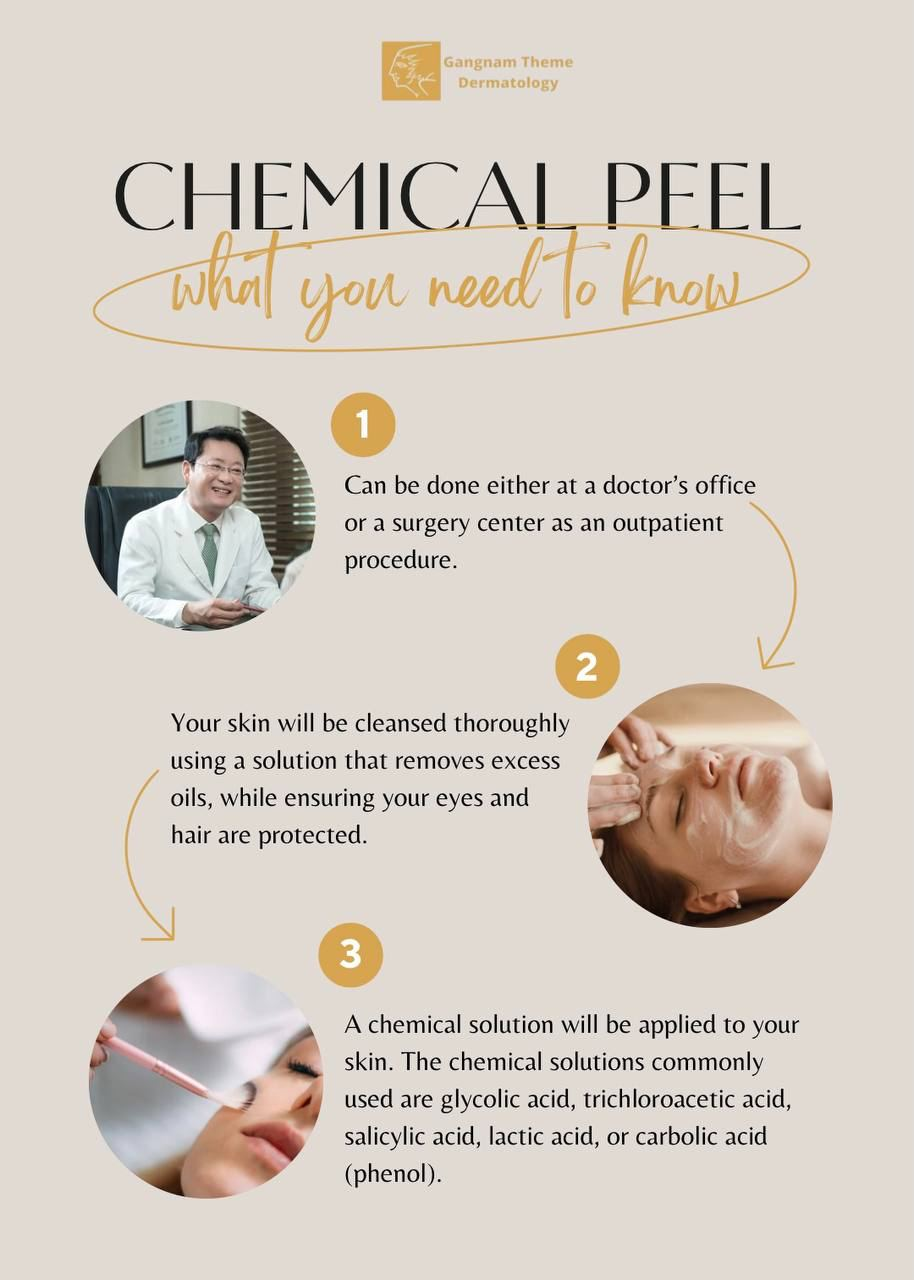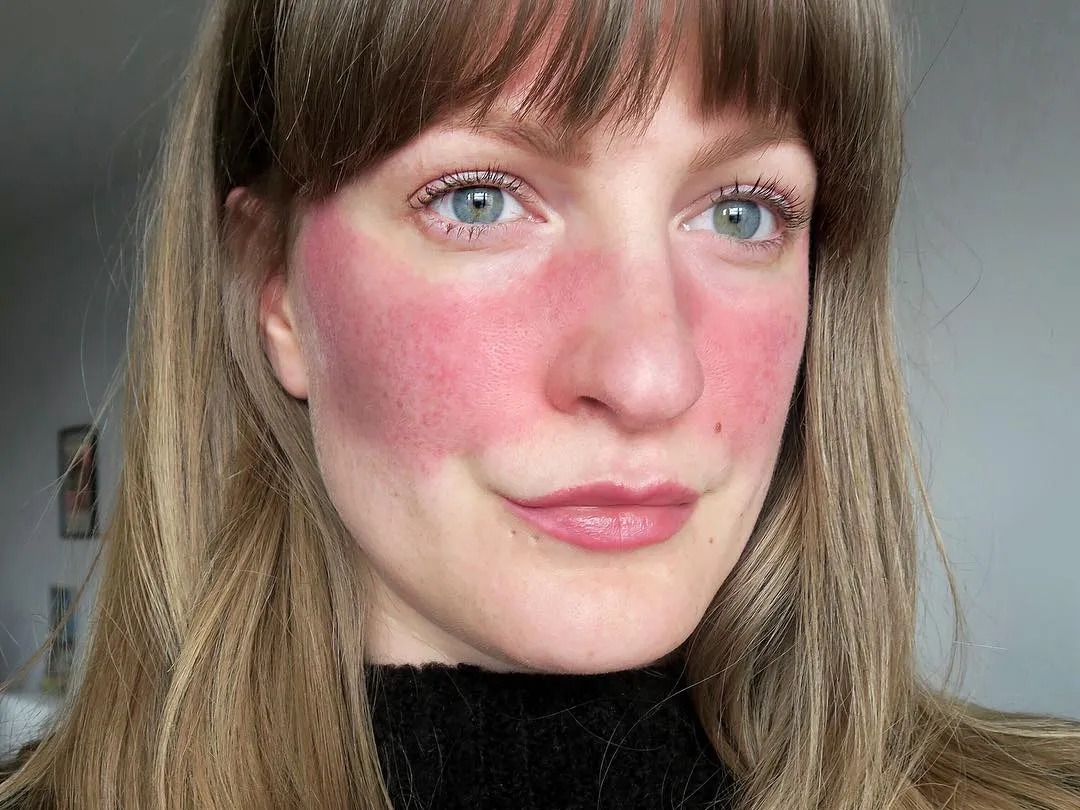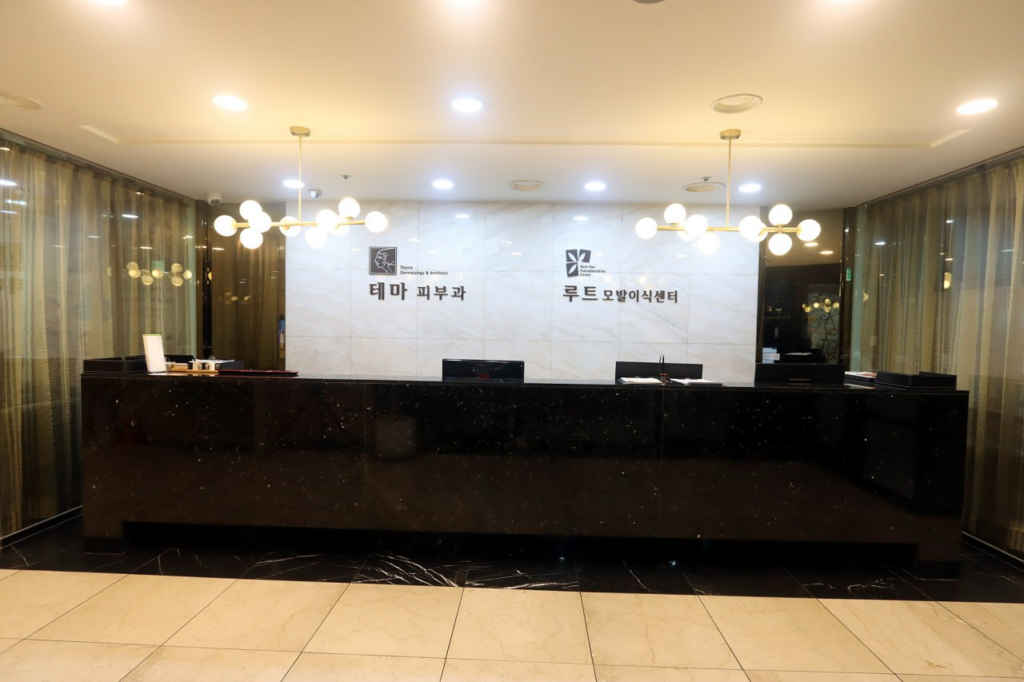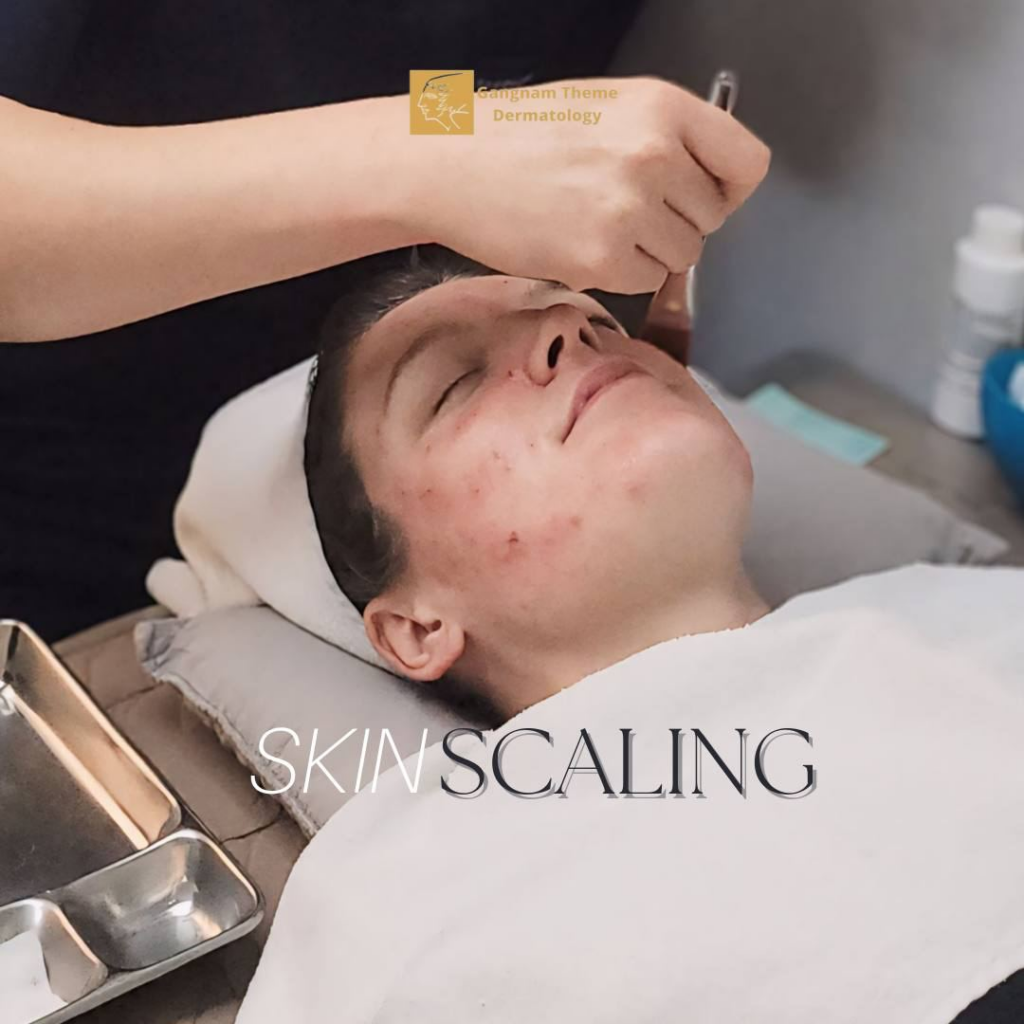Are you ready to have a radiant glow? With the help of these powerful remedies, learn how to say goodbye to flaws and rejuvenate tired skin. One of those powerful remedies is the chemical peels which open doors to improved beauty.
Chemical peels are increasingly popular in the skincare industry, offering to renew, invigorate, and refresh the skin. Administered by dermatologists or licensed skincare experts, these procedures entail the use of different chemical solutions on the skin’s outer layer, leading to the removal of dead skin cells or exfoliation and the promotion of new cell regeneration. Chemical peels are a great way to address wrinkles, skin discoloration, and scars, especially on the face. The type of chemical used will determine the peel’s depth and the specific skin concern being targeted. Prepare to see your true radiance and enjoy the wonderful results of chemical peels!
Unleashing the Purpose of Scaling
Chemical peels are a popular treatment option for various skin conditions and can greatly enhance the appearance and texture of your skin. Typically, chemical peels are performed on the face, neck, or hands, targeting specific areas of concern. They are effective in addressing a range of issues, including
- Reducing fine lines around the eyes and mouth, as well as wrinkles caused by sun damage, aging, or hereditary factors.
- Treating certain types of acne.
- Improving mild scarring.
- Fading sun spots, age spots, liver spots, freckles, and uneven skin tone.
- Addressing precancerous scaly spots known as actinic keratosis.
- Smoothing rough skin, scaly patches, and dull complexion.
- Lightening dark patches (melasma) caused by pregnancy or birth control pills.
However, it’s important to note that chemical peels may not be suitable for addressing sags, bulges, deep scars, deep facial lines, or severe wrinkles. In such cases, alternative cosmetic surgical procedures like carbon dioxide laser resurfacing, face lifts, brow lifts, eye lifts, or soft tissue fillers may be more effective options. To determine the best treatment for your specific concerns, it is advisable to consult with a dermatologic surgeon.
Mechanism of Action

A chemical peel can be done either at a doctor’s office or a surgery center as an outpatient procedure. First, your skin will be cleansed thoroughly using a solution that removes excess oils, while ensuring your eyes and hair are protected. Then, a chemical solution will be applied to your skin. The chemical solutions commonly used are glycolic acid, trichloroacetic acid, salicylic acid, lactic acid, or carbolic acid (phenol). These different chemicals cause a controlled injury, each penetrating to a specific depth of the skin, and eventually peeling off to reveal a fresh layer of skin.
Benefits of Chemical Peels
Chemical peels are effective in addressing various skin concerns. Acne, a common inflammatory skin condition, is often managed with topical products or oral medication. However, chemical peels can also be beneficial as they target comedones, reduce oil production, eliminate bacteria, decrease inflammation, and enhance the absorption of topical treatments. As acne heals, the skin produces new collagen fibers to repair damaged areas. This process can lead to hypertrophic scars (raised bumps) or atrophic scars (skin depressions). By exfoliating the top layer of skin, chemical peels can help reduce excess collagen production. Medium chemical peels are typically recommended for treating acne scars.

However, there is another condition called Rosacea that causes redness, swelling, and red bumps on the skin. When it leads to acne-like breakouts, it is referred to as acne rosacea. One way to alleviate these symptoms is through a chemical peel. This treatment is typically suggested for individuals with mild or moderate rosacea. Chemical peels are also effective in reducing signs of aging, such as wrinkles, fine lines, age spots, uneven skin tone, roughness, dryness, and liver spots. Moreover, they can improve various types of hyperpigmentation like uneven skin tone, melasma, and freckles, along with acne scars and age spots. If you have a dull complexion, opting for a chemical peel might be beneficial. It allows new skin to resurface, resulting in a brighter and healthier-looking complexion.

Aftercare of the Procedure
Your skin may appear red, tight, irritated, or swollen after a chemical peel of any depth. Make sure to follow your doctor’s instructions for sun protection, cleansing, moisturizing, and applying protective ointments to your skin. Remember to avoid picking, rubbing, or scratching your skin. It could take a few months for your skin color to fully return to normal and for you to see the complete results of the peel.
After undergoing a light chemical peel, the skin that has been treated may appear red, dry, and slightly irritated. However, with each subsequent treatment, these effects tend to become less noticeable. To provide relief, your doctor may apply a soothing ointment like petroleum jelly to the treated skin. If desired, you can typically resume wearing makeup the following day. It usually takes about one to seven days for the treated areas to fully heal after a light chemical peel. During this time, the new skin may temporarily appear either lighter or darker than your normal complexion.
Following a medium chemical peel, the treated skin may appear red and swollen, accompanied by a stinging sensation. To alleviate these symptoms and prevent dryness, your doctor may apply a protective ointment like petroleum jelly. After five to seven days, you can use cosmetics to conceal any remaining redness. For added comfort, ice packs can be used. Over-the-counter pain-relieving medications such as ibuprofen (Advil, Motrin IB, others) and naproxen sodium (Aleve, others) can help reduce any discomfort. It is advisable to schedule a checkup with your doctor shortly after the treatment to ensure proper healing is taking place.
Following a deep chemical peel, you may notice intense redness and swelling. You may also experience a burning sensation and throbbing, with the swelling potentially causing your eyelids to close shut. Your physician will place a surgical dressing on the treated skin and may recommend pain relief medication. It is important to regularly soak the treated skin and apply ointment multiple times daily for approximately two weeks.
We’ve pretty much covered the information you need to know about chemical peels. As mentioned, this should only be done by certified dermatologists. We’ve discussed how this can give your skin a makeover by eliminating flaws without compromising its natural equilibrium.
Luckily for you, we offer this kind of treatment in our clinic. At Theme Dermatology, you get to discover your most radiant skin through Scaling. In our clinic, we use a combination of acids and ultrasonic waves to regenerate and deeply cleanse your skin.
What a way to remove excess dead skin cells and excess sebum, right? Perfect to help you brighten up your skin and lighten pigmentation!
Still having doubts? Check out why you want to consider Theme Dermatology for this treatment!
Why Choose Gangnam Theme Dermatology
With three board-certified dermatologists with extensive expertise, Gangnam Theme Dermatology is one of the oldest dermatology practices in Gangnam, Seoul, South Korea. It can be found right between Sinnonhyeon and Gangnam Stations, in the center of the famous Gangnam neighborhood. With an extensive experience of over 20 years in dermatology, our team of specialists, consisting of 4 dermatologists, is highly regarded for their expertise and unwavering commitment to excellence. Over more than 20 years, the clinic cared for patients with various skin issues and types. They can assist you with acne, pigmentation, anti-aging (lifting), scars, and other skin issues. Also, among Korean clients, they are one of the most well-known skin clinics. The variety of services they offer and their knowledge of skin issues will satisfy you.
Gangnam Theme Dermatology Booking Information
The clinic can be found at 423 Gangnam-daero, Seocho-gu, Hanseung Building, 7th Floor, Seoul, South Korea. To reach out directly, dial +821094839974 on WhatsApp and Kakao. Sending a message to Gangnam Theme Dermatology will allow you to talk about your concerns, make an appointment, or receive an online consultation. Send an email to [email protected]. You can also look through everything and ask questions on the Gangnam Theme Dermatology website by clicking this link: About Us


FAQs
Chemical peels can enhance a range of skin issues, such as uneven skin tone, acne, acne scars, fine lines, wrinkles, sun damage, and hyperpigmentation.
Chemical peels may consist of acids like glycolic acid, lactic acid, salicylic acid, trichloroacetic acid (TCA), or enzymes such as papain and bromelain.
During a chemical peel procedure, the skin is meticulously cleansed, and the chemical solution is administered to the targeted area. Patients might encounter a gentle tingling or burning sensation throughout the process. Subsequently, the skin may exhibit a reddish hue and a sensation of tightness, akin to that of a sunburn.
Conclusion
Chemical peels are a great way to improve skin appearance by reducing damage and achieving a more youthful look. The type of peel recommended by a dermatologist will depend on individual concerns and skin type. Superficial peels are generally safe for all skin types, but it’s important to note that all peels require some downtime for recovery and may result in side effects like redness, peeling, and increased sensitivity to sunlight. It’s also worth mentioning that results are not permanent, as new lines and changes in skin color can develop over time due to aging and sun exposure. Additionally, the new skin post-peel will be more sensitive to the sun temporarily.

